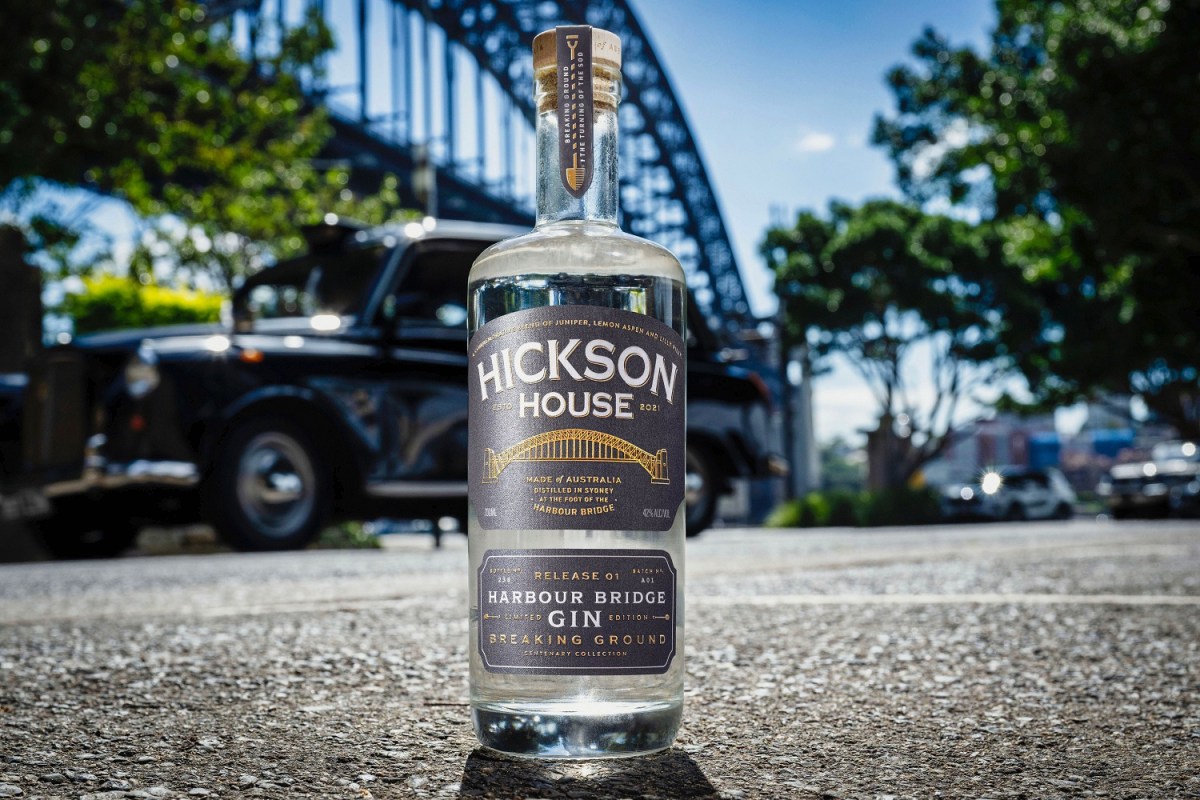With key established markets reaching peak volume consumption, the global market for gin has started to plateau. However, while growth in some markets is subdued, innovation in the premium-and-above gin segment could be the key to recovery.
In a recent trend report by the IWSR, the drinks analyst firm identified locality as a key driver of new product development, with many recent gin innovations tapping into the distinct flavour profiles and characteristics of native ingredients.
While brands are leaning into provenance, Australian producers are well positioned to take advantage of native botanicals and ingredients, and reignite interest in the evolving category.
One example of this is Papa Salt Coastal Gin. Launched in May 2023 by Margot Robbie and friends, Papa Salt showcases the native Australian coastline and features a number of native botanicals such as roasted wattleseed, oyster shells and hibiscus.
In its first year, Papa Salt has captivated the interest of Australian consumers, boasting sales that have more than quadrupled what had originally been planned for the initial 12 months of sales, even picking up a Gold Medal at the San Francisco World Spirits Competition.
Meanwhile, Never Never has released its 2024 Carn The Pear Gin which uses over one tonne of local Adelaide Hills pears all processed by hand at the McLaren Vale distillery and native mountain pepper botanicals.
Not only does Hickson House Distilling Co. use locally sourced botanicals in the production of its Hickson House Harbour Strength Gin, some of which would have grown in the area during the time of the Harbour Bridge’s construction, it also honours the iconic location of the distillery at the foot of the Bridge by incorporating it into the label design.
But Australian producers aren’t the only ones to take inspiration from locally grown ingredients, this is a trend that can be seen globally as producers lend products a sense of place.
In Korea, artisanal gin brand Buja utilises local botanicals such as hallabong, a Japanese citrus-fruit hybrid with mandarin notes grown on Jeju Island, while Kenyan craft distillery Procera crafts its Green Dot gin using a single juniper tree.
Another way that producers are tapping into their terroir is to use local water sources in production, such as Canada’s Park Distillery which uses glacier water from Banff National Park in the making of its floral gin.
Similarly, New Zealand distillery Reefton Distilling Co. has seized the opportunity to use a local water source to its best advantage.
Patsy Bass, Reefton Distilling Co. Founder and Chief Executive, said: “The use of locally grown and foraged ingredients including native New Zealand botanicals in our Little Biddy Gin range, and the purity of the natural spring water used in all our award-winning spirits, has seen us create a range of uniquely New Zealand products with a distinct West Coast flavour.”
As consumers become better educated about the gin category and demonstrate an interest in locally made products, they also look to sustainability. One way of reducing the environmental impact of production is to carefully select ingredients, and this has led many producers to make use of production byproducts.
For some, this can be achieved by using byproducts from other areas of their portfolio in their gin production, such as Washington State’s Goose Ridge Estate Vineyards and Winery in the US, which has linked its new gin Feather & Folly to its wine production by using a base from its Cabernet Sauvignon grapes.
Alternatively, others are simply repurposing discarded waste from their own gin production. For example, Australian gin producer Ink rescues citrus from the distilling of its original Ink Gin, and repurposes it in the Bitter Orange Gin, made with bitter oranges, sweet oranges, bergamot and grapefruit.
Another Australian gin producer leading the way in sustainability is Brookie’s. The latest release, Brookie’s Byron Rainforest Gin, features botanicals from the distillery’s own regenerated rainforest, including quandong, native raspberry, native river mint and rosella, with one rainforest tree planted for every bottle sold.

